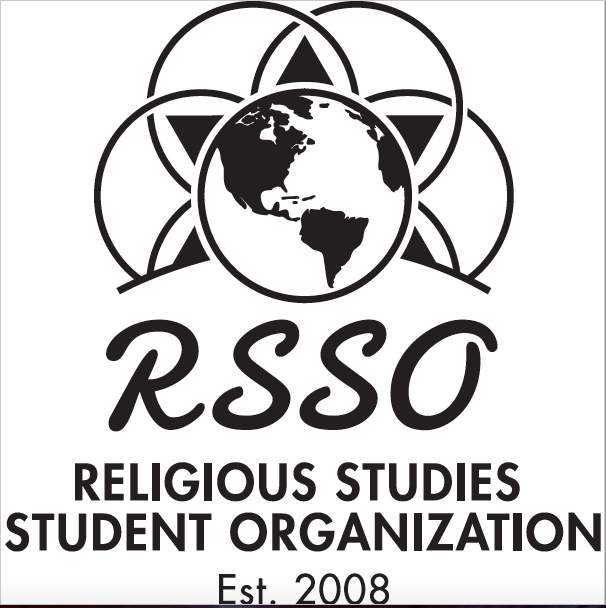Rubbing a Text to Life: Reading and the Living Word in Levinas
Start Date
10-4-2021 12:25 PM
End Date
10-4-2021 1:30 PM
Abstract
In a talmudic reading of an encounter between a Sadducee and the Jewish sage Raba, philosopher Emmanuel Levinas notes how Raba, deep in study, rubs his foot until it bleeds. Levinas compares Raba’s rubbing to the act of reading: when reading, “one must ‘rub’ the text to arrive at the life it conceals” (1). The rubbing is a violent effort that wrests from words the secret that is hidden beneath the corrosions and sedimentations of history.
In order to investigate the ‘life’ that is concealed in a text, I read Levinas’s story of Raba alongside an earlier essay of his, “The Transcendence of Words.” Amidst a critique of the arts, Levinas argues that criticism, “the word of a living being speaking to a living being,” removes us from the dream state that art and artistic language can lull us into (2). Art and writing are susceptible to a kind of immobilization that is self-sustaining and therefore neither relational nor responsible (2). The “living word” of criticism is meant to be heard, but when language is locked in a document with no one to hear it, words become frozen and distorted. For Levinas, the living word struggles against this process.
In this presentation, I will examine the ‘life’ that a text conceals and the effort to reveal that life through ‘rubbing’ away the accretions of history, in conversation with the struggle of the living word against the immobilization of language. I will also explore the relation among living beings speaking to one another and how this relation is embedded in the life of a text. I will conclude by offering some implications for methods of reading both sacred and secular texts in light of the living relationship in which the reader is engaged. Notes(1) Emmanuel Levinas, Nine Talmudic Readings, trans. Annette Aronowicz (Bloomington: Indiana University Press, 1990), 66.(2) Emmanuel Levinas, “The Transcendence of Words,” in The Levinas Reader, ed. Seán Hand (Oxford, UK: Basil Blackwell, 1989), 148.(3) Emmanuel Levinas, “Reality and Its Shadow,” in Collected Philosophical Papers, trans. Alphonso Lingis (Pittsburgh, PA: Duquesne University Press, 1998), 10-12.(4) Levinas, “The Transcendence of Words,”148-49.
Rubbing a Text to Life: Reading and the Living Word in Levinas
In a talmudic reading of an encounter between a Sadducee and the Jewish sage Raba, philosopher Emmanuel Levinas notes how Raba, deep in study, rubs his foot until it bleeds. Levinas compares Raba’s rubbing to the act of reading: when reading, “one must ‘rub’ the text to arrive at the life it conceals” (1). The rubbing is a violent effort that wrests from words the secret that is hidden beneath the corrosions and sedimentations of history.
In order to investigate the ‘life’ that is concealed in a text, I read Levinas’s story of Raba alongside an earlier essay of his, “The Transcendence of Words.” Amidst a critique of the arts, Levinas argues that criticism, “the word of a living being speaking to a living being,” removes us from the dream state that art and artistic language can lull us into (2). Art and writing are susceptible to a kind of immobilization that is self-sustaining and therefore neither relational nor responsible (2). The “living word” of criticism is meant to be heard, but when language is locked in a document with no one to hear it, words become frozen and distorted. For Levinas, the living word struggles against this process.
In this presentation, I will examine the ‘life’ that a text conceals and the effort to reveal that life through ‘rubbing’ away the accretions of history, in conversation with the struggle of the living word against the immobilization of language. I will also explore the relation among living beings speaking to one another and how this relation is embedded in the life of a text. I will conclude by offering some implications for methods of reading both sacred and secular texts in light of the living relationship in which the reader is engaged. Notes(1) Emmanuel Levinas, Nine Talmudic Readings, trans. Annette Aronowicz (Bloomington: Indiana University Press, 1990), 66.(2) Emmanuel Levinas, “The Transcendence of Words,” in The Levinas Reader, ed. Seán Hand (Oxford, UK: Basil Blackwell, 1989), 148.(3) Emmanuel Levinas, “Reality and Its Shadow,” in Collected Philosophical Papers, trans. Alphonso Lingis (Pittsburgh, PA: Duquesne University Press, 1998), 10-12.(4) Levinas, “The Transcendence of Words,”148-49.

